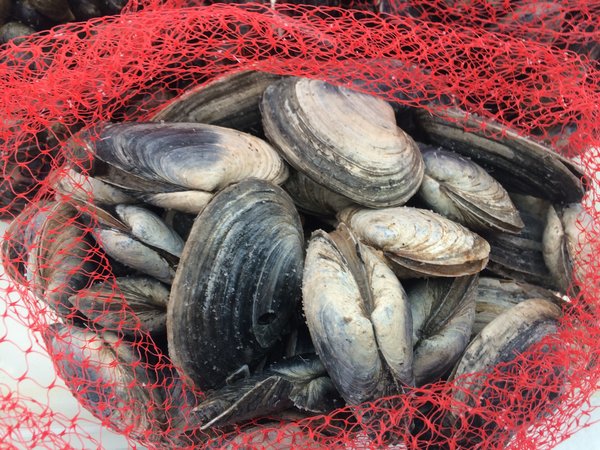 Image 1 of 5
Image 1 of 5

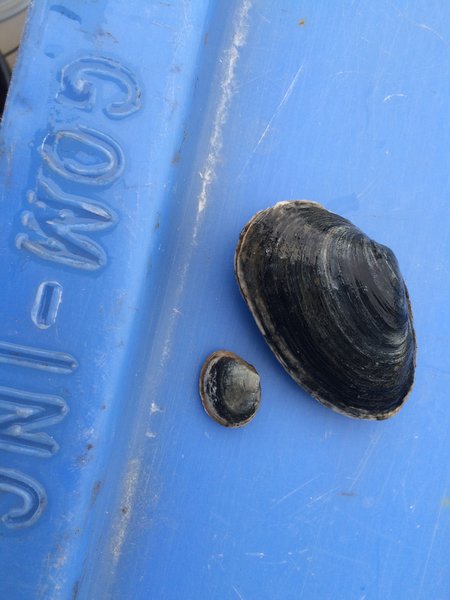 Image 2 of 5
Image 2 of 5

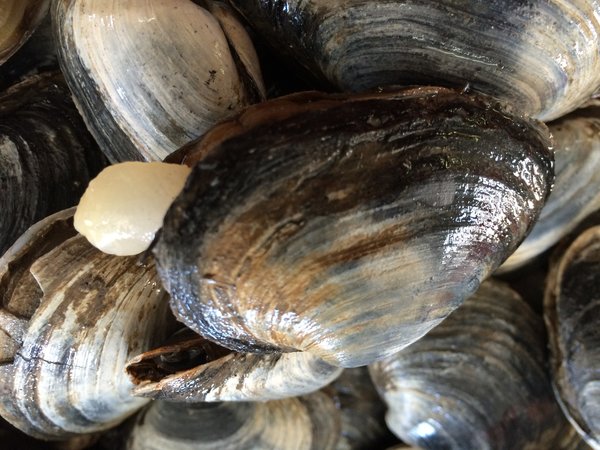 Image 3 of 5
Image 3 of 5

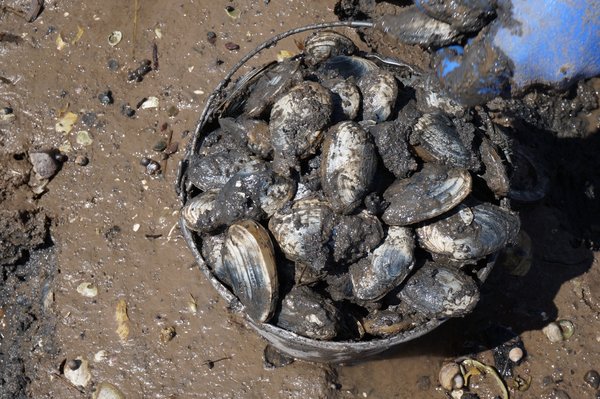 Image 4 of 5
Image 4 of 5

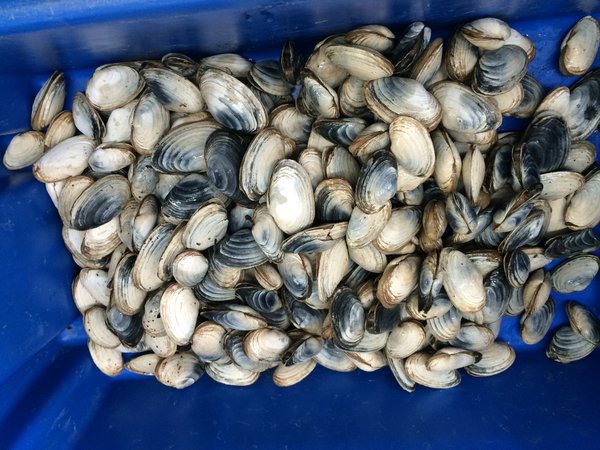 Image 5 of 5
Image 5 of 5






Soft Shell Clam (Mya arenaria)
Common name: soft-shelled clam, long-neck clam, steamer clam
Scientific name: Mya arenaria
Locations: buried in intertidal sand and mud
Seasonality: available year round
Colors: shell color ranges from bright white (sand) to dark black (mud)
Size: 2” - 4"
Collected: hand dug with fork in sand and mud
Quantity: sold by the each
Common name: soft-shelled clam, long-neck clam, steamer clam
Scientific name: Mya arenaria
Locations: buried in intertidal sand and mud
Seasonality: available year round
Colors: shell color ranges from bright white (sand) to dark black (mud)
Size: 2” - 4"
Collected: hand dug with fork in sand and mud
Quantity: sold by the each
Common name: soft-shelled clam, long-neck clam, steamer clam
Scientific name: Mya arenaria
Locations: buried in intertidal sand and mud
Seasonality: available year round
Colors: shell color ranges from bright white (sand) to dark black (mud)
Size: 2” - 4"
Collected: hand dug with fork in sand and mud
Quantity: sold by the each
Tidepool Tim takes a look at soft shell clams. Learn about their thin shells, and long clam 'necks' or siphons. See the clam squirt water as it retracts its elephant like neck.
Here's a soft-shelled clam that has been growing 'between some rocks and some hard place. See how it's she'll was forced to take the contour of its growing space.
Tidepool Tim says, “Soft-shelled clams have soft shells compared to hard shell clams like the quahog or surf clam and this is how they get their name. They range along the east coast from Canada all the way south into Maryland and Virginia. Some folks call them "piss-clams" as they squirt water up out of the sand and mud as one is walking across the sand and mud. These clams have a long neck or siphon tube that allow them to bury deep in the substrate but still reach up to the surface of the sand and filter feed. They feed on plankton year round but do most of their feeding, growing, and spawning in the summer months. These clams have a strong foot that allows them to dig into the sand and mud. A close look at their shells reveal growth rings - their shells are formed by secreting a calcium-rich substance from an organ called the mantle. By reading the rings, it is possible to age the clam as it too exhibits rings of summer growth (wide) versus the narrower rings of winter growth that are narrower due to the low levels of plankton food. Most clams harvested and eaten by humans are in the 2 - 4 years of age. clams are either male or female and spawn in the mid-summer. Clam larvae drift around for approximately 1 month before settling out of the water column as plankton and settling into the bottom and dig in. Many are eaten by seagulls, crabs, and even worms - lucky for the clams though - millions survive and the species continues to succeed! We call these 'steamer' clams and consider them a tasty treat to go along with lobsters - yum!”
Like eating clams? Ever wonder how the clam digger finds them - look for the holes! Join Tidepool Tim of Gulf of Maine, Inc. as he wanders around the clam flats in awe of the thousands of clam siphon holes that he sees there. Listen to the sound of the clams squirting as they retract their siphons, and see the signs of raccoons as they prey on clams in the night.
Tim Sheehan of Gulf of Maine, Inc in Pembroke Maine shows off some steamer clams purchased at their seafood buying station that have weird or deformed shells.
